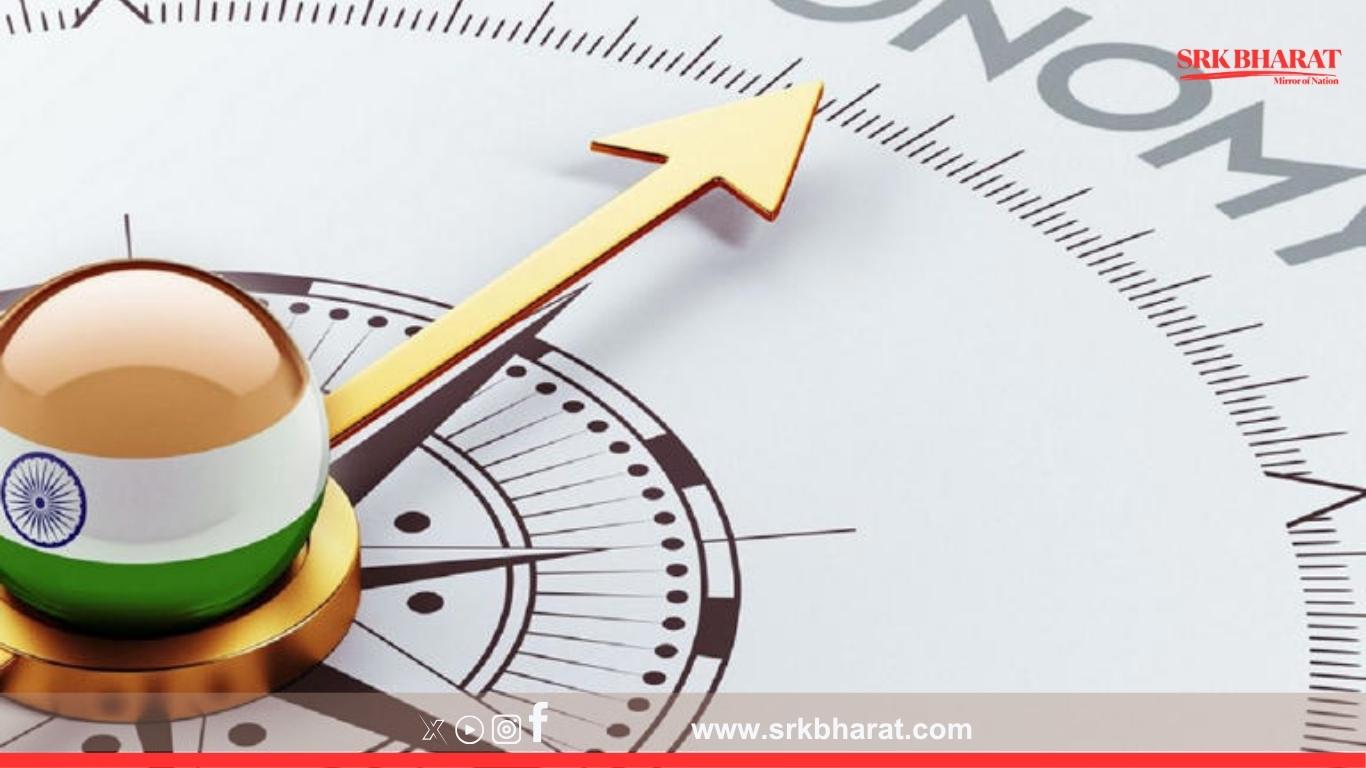India’s ambitious goal to become a $5 trillion economy by the mid-2030s is closely tied to the evolution of its debt capital markets. As the nation embarks on an economic transformation driven by robust infrastructure investments and corporate expansion, debt instruments are emerging as the critical catalyst for long-term growth.
Transforming Debt Capital Markets
Traditionally dominated by banks, India’s financial landscape is witnessing a paradigm shift as debt capital markets open up new avenues for large-scale investments. Over the past two decades, the introduction of diverse instruments such as infrastructure bonds, municipal bonds, and green bonds has diversified funding sources. This transformation is designed to mobilize long-term capital essential for infrastructure projects and innovative corporate ventures—thereby laying the financial groundwork for achieving a $5 trillion economy.
Infrastructure Development: The Backbone of Growth
A significant share of India’s debt capital is being channeled into expansive infrastructure projects under the National Infrastructure Pipeline (NIP), which aims to invest over $1.4 trillion in sectors such as transportation, energy, and urban development. These developments not only enhance connectivity and improve economic efficiency across the country but also elevate the creditworthiness of infrastructure entities. By streamlining financing through asset monetisation and supportive institutions, the government is ensuring that robust debt markets underpin the nation’s developmental agenda.
Empowering the Corporate Sector
The corporate sector is increasingly leveraging debt instruments to finance expansion, innovate, and drive sustainable growth. The rising trend in corporate bond issuances—including green and sustainable bonds—reflects a maturing market where investors are seeking stable, long-term returns while supporting responsible business practices. Regulatory reforms, such as those proposed by the Securities and Exchange Board of India (SEBI) to facilitate greater investment in listed debt securities, are expected to deepen market participation further. This influx of capital through expanded debt access offers companies a more balanced funding mix, crucial for scaling operations in a competitive global environment.
Bridging the Financial Inclusion Gap
Expanding debt markets are also playing a pivotal role in promoting financial inclusion. Initiatives like the Reserve Bank of India’s Retail Direct Scheme are democratizing access to government securities for individual investors. This broader participation not only enhances liquidity in the debt markets but also helps inculcate a culture of savings and investment among the populace—a necessary ingredient for sustainable economic growth. As more citizens become stakeholders in the nation’s financial markets, the collective potential to support large-scale projects and reforms increases dramatically.
Policy Reforms and the Road Ahead
For India to realize its $5 trillion economic vision, further policy reforms that relax measures hampering long-term investments are essential. Experts argue that easing restrictions—such as those that limit the exposure of institutional investors to lower-rated debt instruments—will unlock a larger pool of capital. By addressing regulatory hurdles and fostering innovation in the debt market, India can create a resilient financial backbone that supports uninterrupted economic development. Strategic collaboration between regulatory bodies, government agencies, and market participants is expected to accelerate this transformation and bring the $5 trillion target within reach.
As India continues to push the boundaries of economic growth, the deepening and diversification of its debt markets remain central to building a modern, sustainable, and inclusive economy. The successful alignment of these financial mechanisms with national infrastructure and corporate growth strategies promises not only to transform the economic landscape but also to reinforce India’s position in the global marketplace.
🔁 Share this article to stay informed on how evolving debt markets are paving the path towards India’s $5 trillion economic future.











